Online space is abuzz with talk of NFTs. However, as is the case with any new thing, especially when it involves the transfer of money and property, digital or physical, non-fungible tokens operate in a sphere that may seem foggy and confusing to those on the outside.
Whenever there is an explosion of cryptocurrency news, most people tend to wait until the hype subsides to see if there was any real substance propelling the whole thing forward. But the nature of the NFT phenomenon warrants some understanding, for, chances are that you may be able to benefit from it, or, at the least, understand what impact it can have on our lives.
Here are the basics of how an NFT works, and what the craze is all about.
Related: 10 Weirdest NFT Crypto Art For Sale Right Now
NFT characteristics
Non-Fungible Tokens are assets that correspond to a physical or digital item that is unique and is set apart by others of its kind. Owning an NFT is not unlike owning a collectible or an artwork. There is a wide class of NFTs, like paintings, music, Pokemon cards, and even tweets. And just about anything in the world can come under this umbrella.
Other than being a one-of-a-kind entity, NFTs are also indestructible. This is because all of their data is stored on a blockchain which makes copying or destroying them (almost) impossible. On top of that, when you own an NFT, it is you who actually owns it, not the companies that created them. This is unlike the music that you listen to on Spotify or iTunes, or the games you get on Steam, which you don’t own per se.
And because NFT ownership data is stored on the blockchain, the items can be traced back to the creator allowing easy authentication without involving a third-party. So, there’s never a dispute over ownership of the material.
The Importance of NFTs
The boom in NFTs is tied to cryptocurrency users and the potential for a revolution in the digital collectibles and gaming space. In fact, a whopping $423 million have been spent on NFTs so far, a number that is only set to grow exponentially in the coming weeks and months.
The growth can be attributed to the blockchain technology behind it since it gives owners full rights to their unique assets (and even gives them the opportunity to make money off of it). In fact, people also sell digital merchandise that they acquire in-game such as decals, stickers, costumes, and game currency on other markets.
But artists stand to gain the most from NFTs, or so it’s been claimed by NFT proponents. The most popular instance of this is Grimes, who sold her digital art for $6 million as NFTs. Of course, this is an extreme example and only artists that have already made it big can bag such huge sums of money from die-hard ostensibly rich fans.
But those who want to support local artists can do so with NFTs as well. Their artwork can be sold digitally to anyone anywhere in the world, without having to go to a gallery or an auction house. Furthermore, this allows them to keep a much higher profit-share from the sales. On top of that, NFTs can have royalties programmed within them, allowing the creator to receive a cut of the profit every time the artwork changes hands.
Related: How to Make and Sell NFT Art
How do they work?
Most NFTs are part of the Ethereum blockchain and though Ethereum is a cryptocurrency, its blockchain also stores information about NFTs, which differentiates them from the ETH coin. Most of the NFT tokens are built using Ethereum token blueprints for easy compatibility with the ecosystem as a whole. But Ethereum isn’t the only blockchain to host NFTs. There are many other blockchains that have also started implementing their own NFT token standards, such as Tron, Neo, and Eos.
There are dozens of NFT markets where you can purchase everything from rare artworks to NBA top shot clips, games, and other collectibles. A happy buyer needs only to go to the marketplace, find something worth splurging on, and bid. A creator can also submit their NFTs for others to purchase. All transactional history is kept secure thanks to the publically accessible blockchain technology.
Related: NFT Marketplace | Top 10 Weirdest NFTs
What makes NFTs valuable?
As is the case with any market asset, NFTs derive their value from supply and demand. The reason why some people pay such exorbitant amounts is that NFTs are in short supply, while the demand is extremely high, especially from gamers, investors, collectors, and fans.
But NFTs are not just dead things that you buy and horde for the rest of your life. Some of them have the potential to generate profit for their owners. For instance, one investor spent more than $200,000 on a single segment of a racing track in the game F1 Delta Time which will generate 5% profit from all races that take place on it.
NFT uses
Though still in its infancy, there is a broad range of NFT uses that could simplify ownership authentication controversies. For instance, we all can have digital as well as printed copies of Van Gogh’s Starry Night, but there is only a single original. Likewise, though there may be multiple copies of a piece of art (painting, music, etc.), only the person that has its token owns it. All the usage (as well as bragging) rights lie with that person.
In the future, there could also be an integration between the physical and the virtual space through NFTs. Nowadays, when you buy a physical piece of art, you either have its custody or you get to keep it somewhere. But these can also be tokenized so that their digital forms also exist. Whoever owns the token, owns that physical, tangible, art as well.
The Nifty craze
There is no telling where the nifty (as NFTs are sometimes called) craze is headed. From people spending hundreds of dollars on CryptoKitties, to entire albums being produced through NFTs (case in point – When You See Yourself by Kings of Leon who have generated $2 million from the sales so far) – who knew NFTs would take on such a massive life of their own.
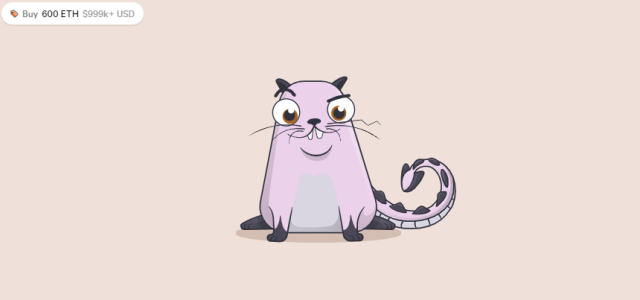
Nifty enthusiasts find it exciting to say that they own this or that unique piece of art (and potentially make money from reselling it), but how long can this bubble last? The sales are growing exponentially with each passing week and there’s doesn’t seem to be an end in sight.
There are other concerns as well. Blockchain technologies use up a lot of electricity per transaction, and since NFTs use the same transaction framework, the increasing number of transactions is definitely going to have an impact on the environment. Many artists have even decided to not sell their NFTs after hearing about the detrimental effects that NFT transactions could have on climate change.
Climate change will be irreversible once Pokemon releases NFTs
— Zach Leffers (@ZachLeffers) March 10, 2021
These are the basics of how NFTs work. Whether this is capitalism on steroids or the harbinger of doom, only time will tell. But at least you’re now informed.
Related:


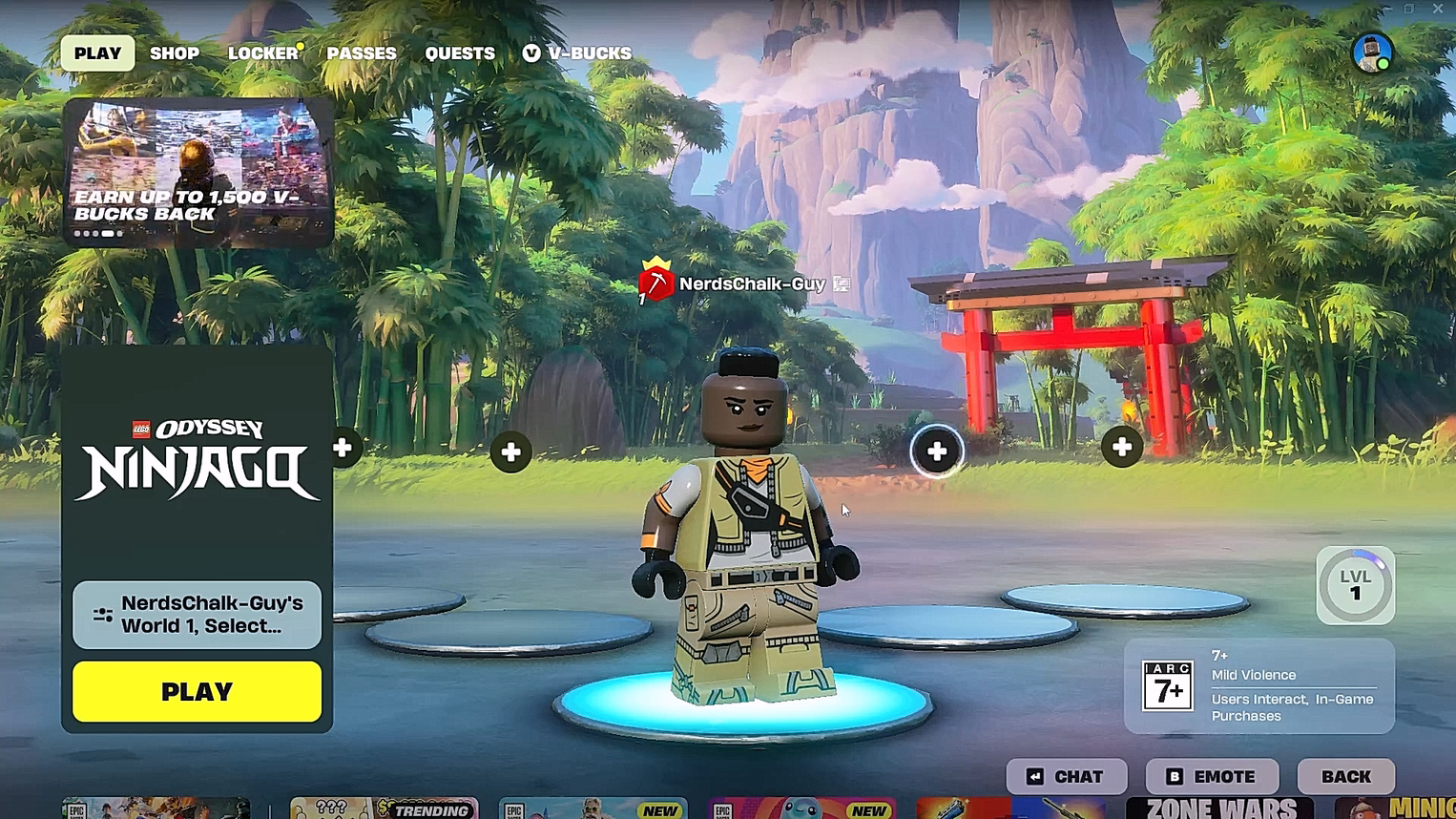
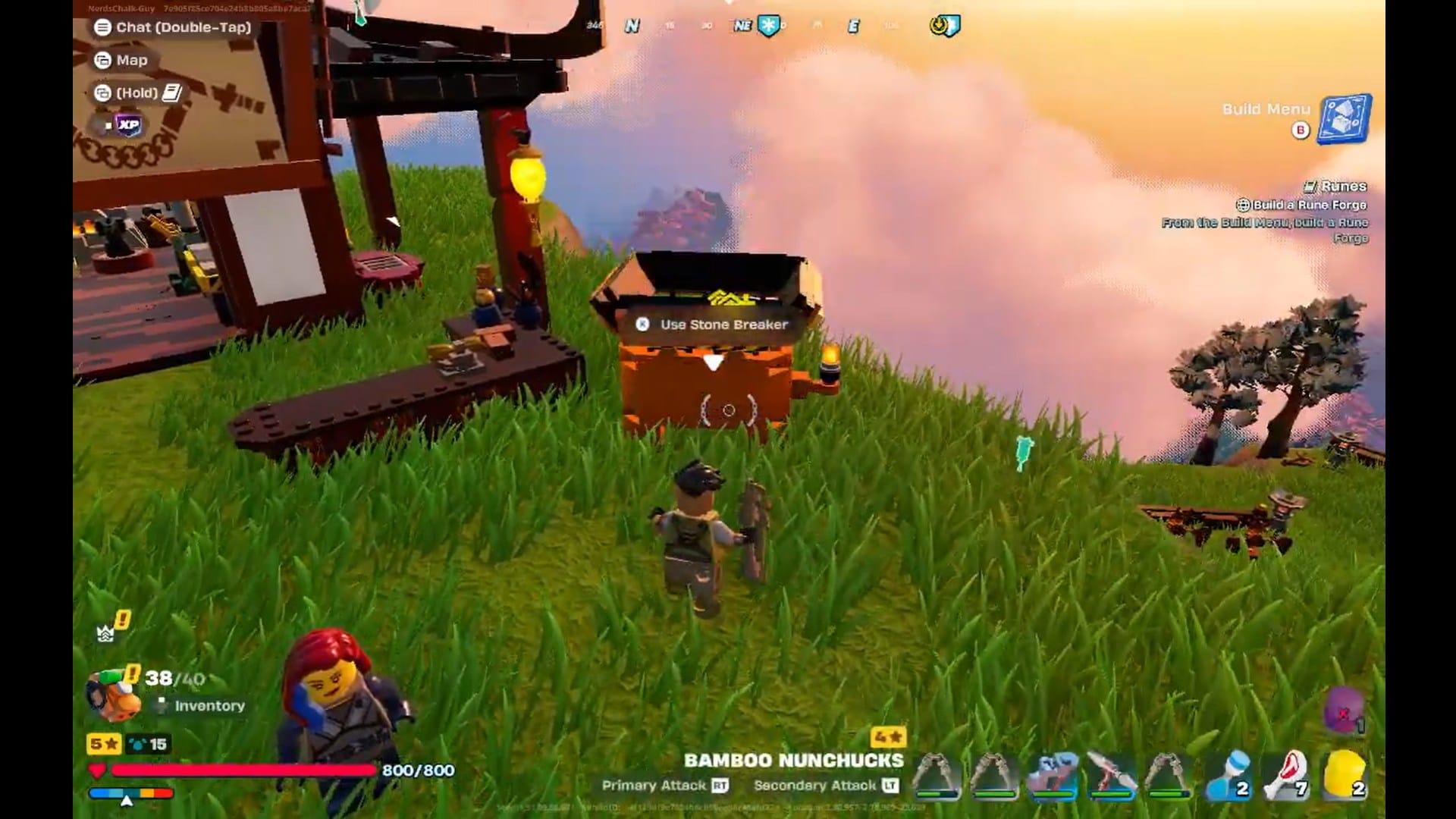


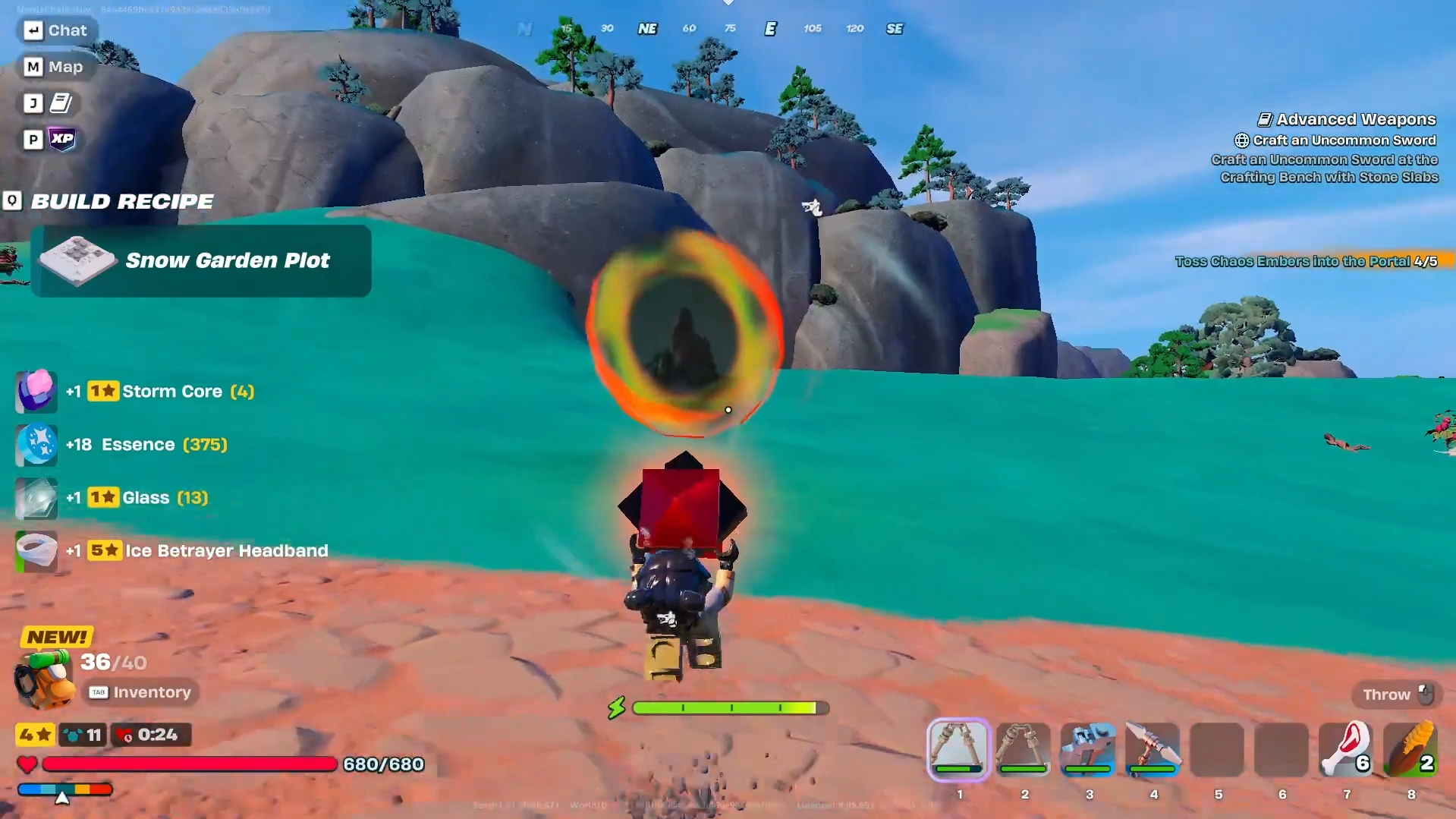


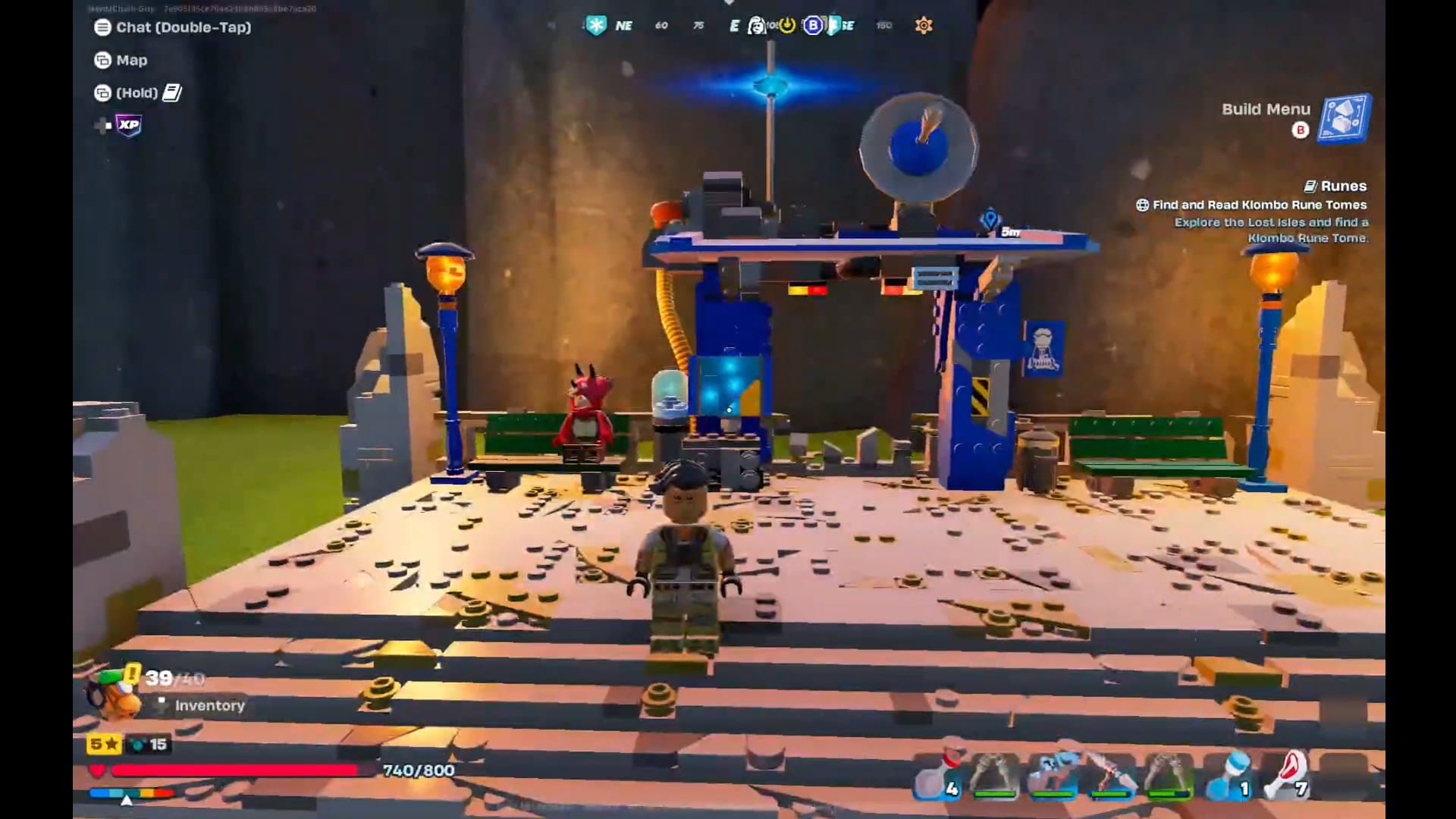
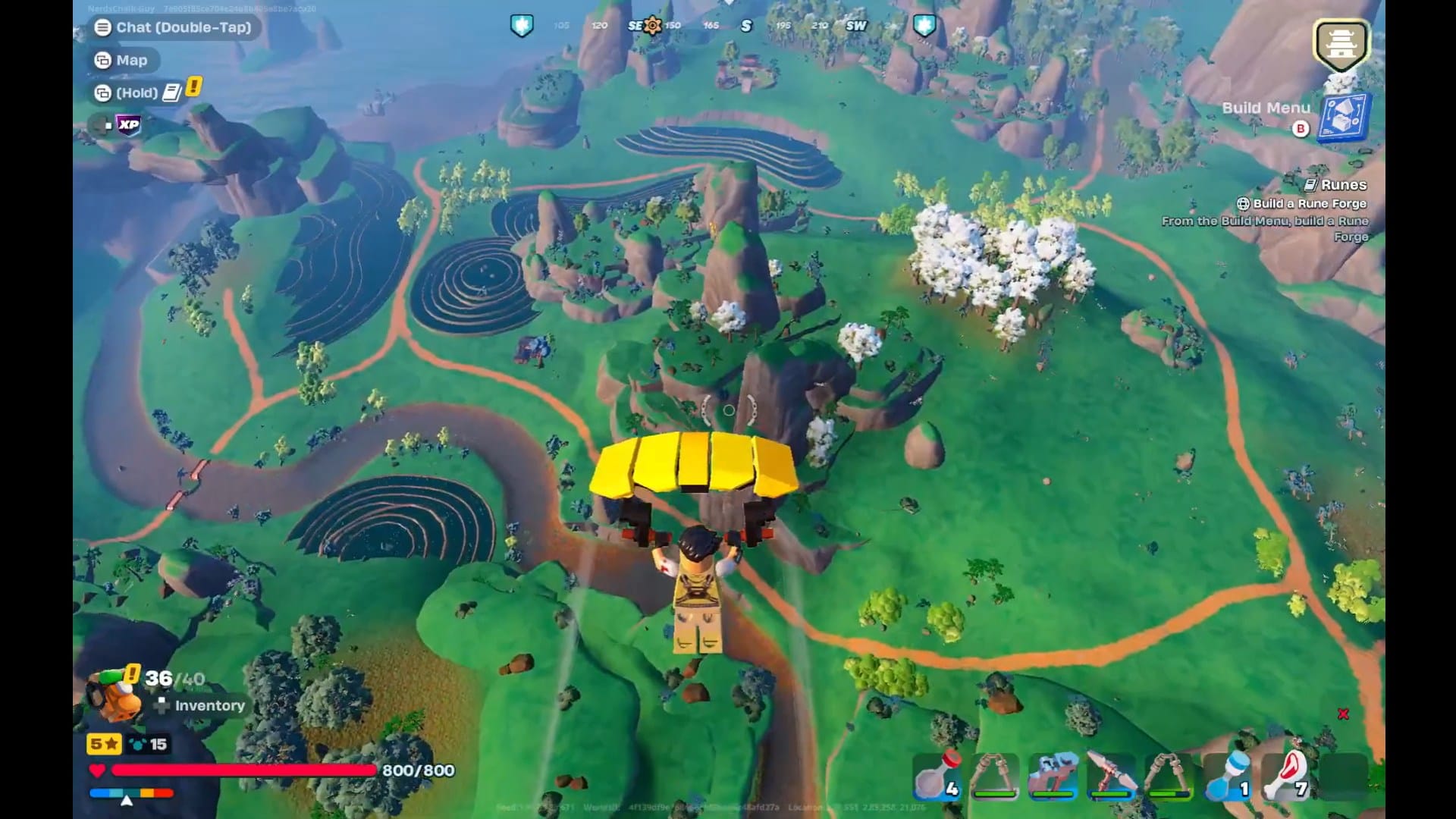
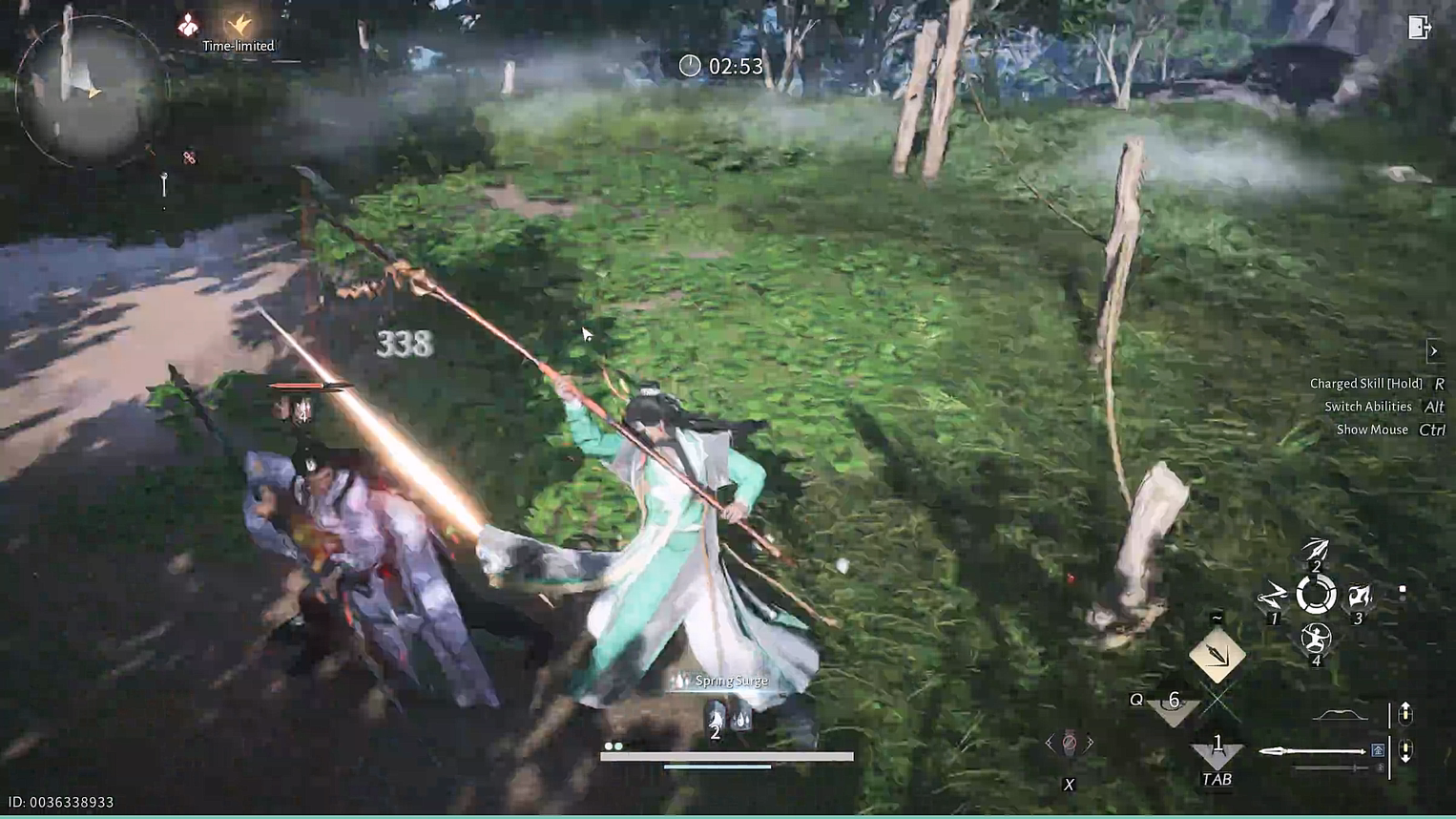

Discussion